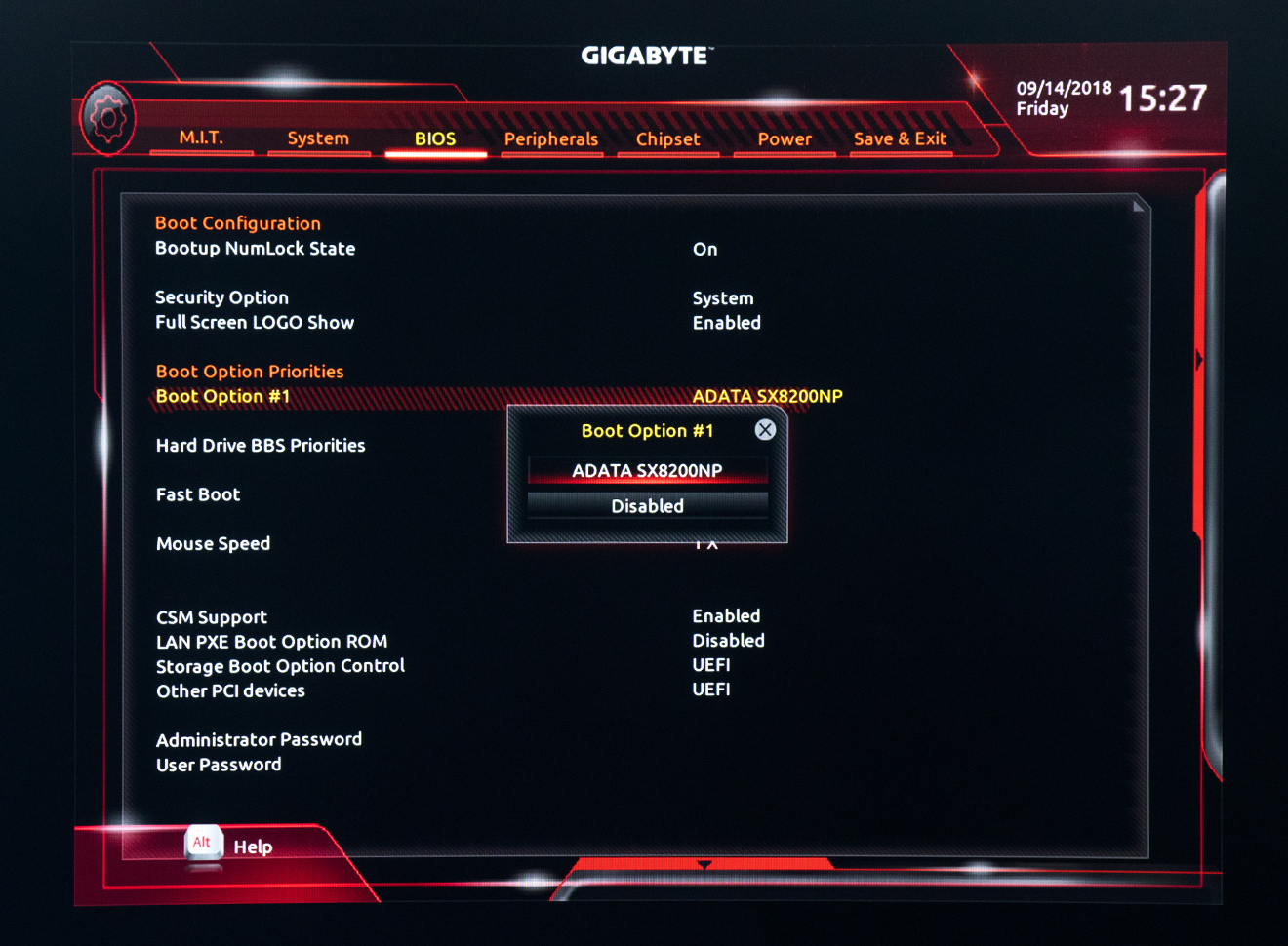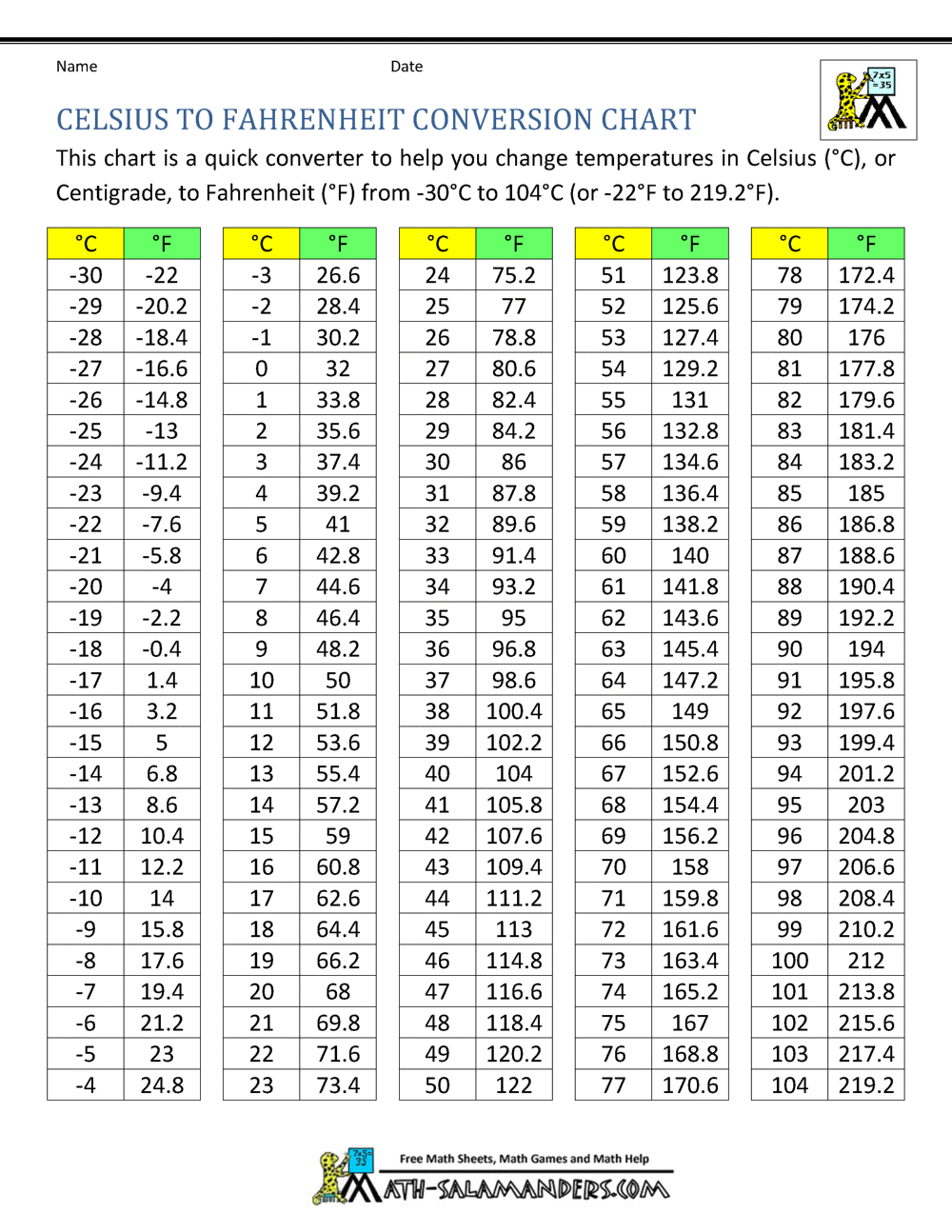Export Excel Data with Pipe Delimiters

When working with large datasets in Excel, it is often necessary to export data to a different format for various purposes, such as sharing with colleagues or integrating with other systems. One common method to export data is by using pipe delimiters, which can be easily achieved with Excel's built-in features. In this article, we will delve into the process of exporting Excel data with pipe delimiters, exploring the benefits, step-by-step procedures, and real-world applications.
Understanding Pipe Delimiter Export

A pipe delimiter, represented by the vertical bar symbol “|”, is a character used to separate fields or columns within a dataset. When exporting data with pipe delimiters, Excel transforms the tabular data into a format where each field is separated by a pipe character. This method is particularly useful when dealing with structured data that needs to be imported into other applications or databases.
Exporting data with pipe delimiters offers several advantages. Firstly, it provides a clear and concise way to represent data, making it easier to read and interpret, especially for large datasets. Additionally, pipe delimiters are widely supported by various data processing tools and programming languages, ensuring compatibility and ease of integration.
Step-by-Step Guide to Exporting Excel Data with Pipe Delimiters

To export Excel data with pipe delimiters, follow these detailed steps:
Step 1: Prepare Your Excel Data
Ensure your data is organized in a clear and consistent manner. Remove any unnecessary columns or rows and verify that your data is free from errors or duplicates. It is essential to have a well-structured dataset to ensure accurate and reliable exports.
Step 2: Select the Data Range
Highlight the data range you want to export. This can be a single worksheet or a range of cells across multiple worksheets. Select the top-left cell and drag your cursor to the bottom-right cell to highlight the entire range.
Step 3: Open the Save As Dialog
Go to the “File” tab in the Excel ribbon and select “Save As.” Alternatively, you can use the keyboard shortcut “Ctrl + S” to open the Save As dialog box.
Step 4: Choose the File Format
In the Save As dialog, navigate to the “Save as type” dropdown menu. Here, you will find various file format options. Select “Text (Tab delimited) (*.txt)” from the list. While we are aiming for pipe delimiters, this option will serve as a starting point for our customization.
Step 5: Specify the Delimiter
Once you have selected the file format, click on the “Save” button. This will open the “Text Export” dialog box. In this dialog, you will find options to customize the export settings.
Under the "File origin" section, ensure that the encoding is set to "Unicode (UTF-8)." This ensures that your exported data can be read by various systems and applications.
In the "Delimiter" section, you will find a dropdown menu with various delimiter options. Choose the "Other" option and enter the pipe symbol "|" in the adjacent text box. This custom delimiter will be used to separate your data fields.
Step 6: Adjust Field and Text Qualifiers
If your data contains text fields with special characters or spaces, it is essential to enclose them in text qualifiers to maintain data integrity. In the “Text qualifier” section, select the appropriate option based on your data. The most common choices are “None,” “Comma,” or “Double Quote.”
Additionally, you can adjust the "Field qualifier" to enclose each field with a specific character, such as double quotes. This can be useful when dealing with complex data structures.
Step 7: Review and Export
Before exporting, review the settings and ensure they match your requirements. Click on the “Preview” button to view how your data will appear in the exported file. If everything looks as expected, click on the “Save” button to complete the export process.
Real-World Applications and Benefits
Exporting Excel data with pipe delimiters has numerous practical applications:
Data Sharing and Collaboration
Pipe-delimited files are easy to share and collaborate on. When working with large datasets, sharing the data in a pipe-delimited format ensures that colleagues or external partners can easily open and work with the data using various tools, such as text editors or data analysis software.
Integration with Databases
Many databases, including SQL Server and MySQL, support pipe-delimited files for data import. By exporting Excel data with pipe delimiters, you can efficiently load data into these databases, making it an excellent choice for data migration and integration projects.
Data Processing and Analysis
Data processing tools, such as Python or R, can easily read and manipulate pipe-delimited files. This makes it an ideal format for data preprocessing, analysis, and visualization. By exporting data in this format, you can leverage the power of these tools to gain valuable insights from your Excel datasets.
Web Applications and APIs
Web applications and APIs often require data to be in a specific format. Pipe-delimited files are widely accepted and can be easily parsed by web servers and API endpoints. By exporting Excel data in this format, you can seamlessly integrate your datasets into web-based applications and services.
Best Practices and Tips
When exporting Excel data with pipe delimiters, consider the following best practices and tips to ensure a smooth and efficient process:
- Consistency: Maintain a consistent structure and formatting across your Excel worksheets to avoid issues during export.
- Header Rows: Include a header row with descriptive column names to make the exported data more understandable.
- Data Validation: Validate your data before export to ensure accuracy and integrity. Check for missing values, duplicate entries, and incorrect formatting.
- Test Exports: Always perform a test export with a small dataset to verify the settings and ensure the exported data meets your expectations.
- Documentation: Document the export process, including the settings and any custom delimiters used. This will make it easier to reproduce the export in the future.
Conclusion

Exporting Excel data with pipe delimiters is a powerful technique that offers flexibility, compatibility, and ease of integration. By following the step-by-step guide provided in this article, you can efficiently export your Excel datasets and leverage them in various applications and systems. Remember to apply best practices and test your exports to ensure accurate and reliable results.
Can I use pipe delimiters for large datasets?
+Absolutely! Pipe delimiters are particularly useful for large datasets as they provide a clear and concise way to represent data. They ensure that each field is distinct and easily identifiable, making it easier to work with extensive data.
Are pipe-delimited files compatible with all systems and applications?
+Pipe-delimited files are widely supported by various systems and applications. However, it is essential to ensure that the receiving system or application can handle pipe delimiters. Most modern tools and databases are compatible, but it’s always good to check the specific requirements.
Can I export multiple worksheets in one pipe-delimited file?
+Yes, you can! When exporting Excel data with pipe delimiters, you have the option to select multiple worksheets. Simply highlight the desired worksheets before initiating the export process, and Excel will combine the data into a single pipe-delimited file.



